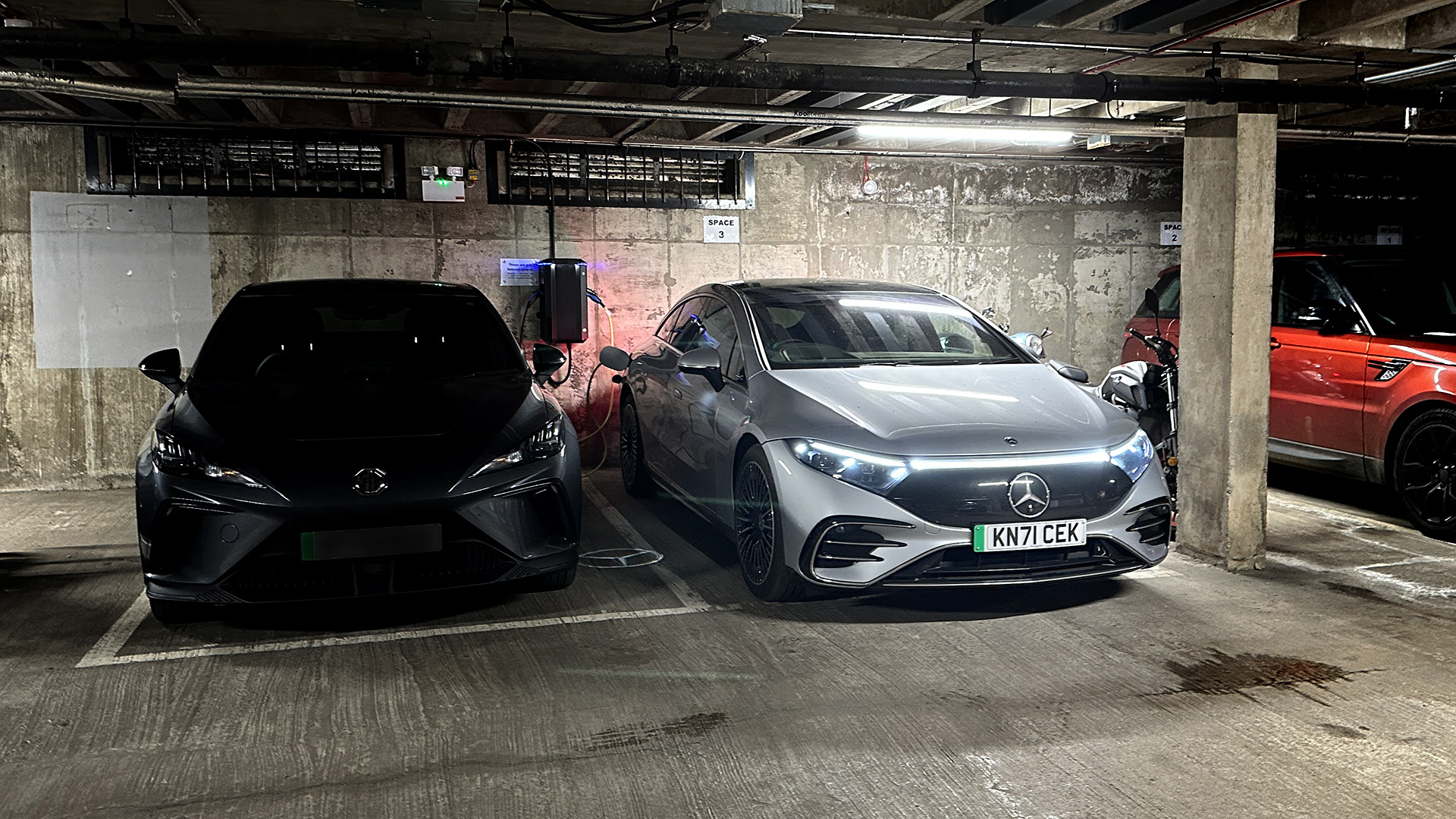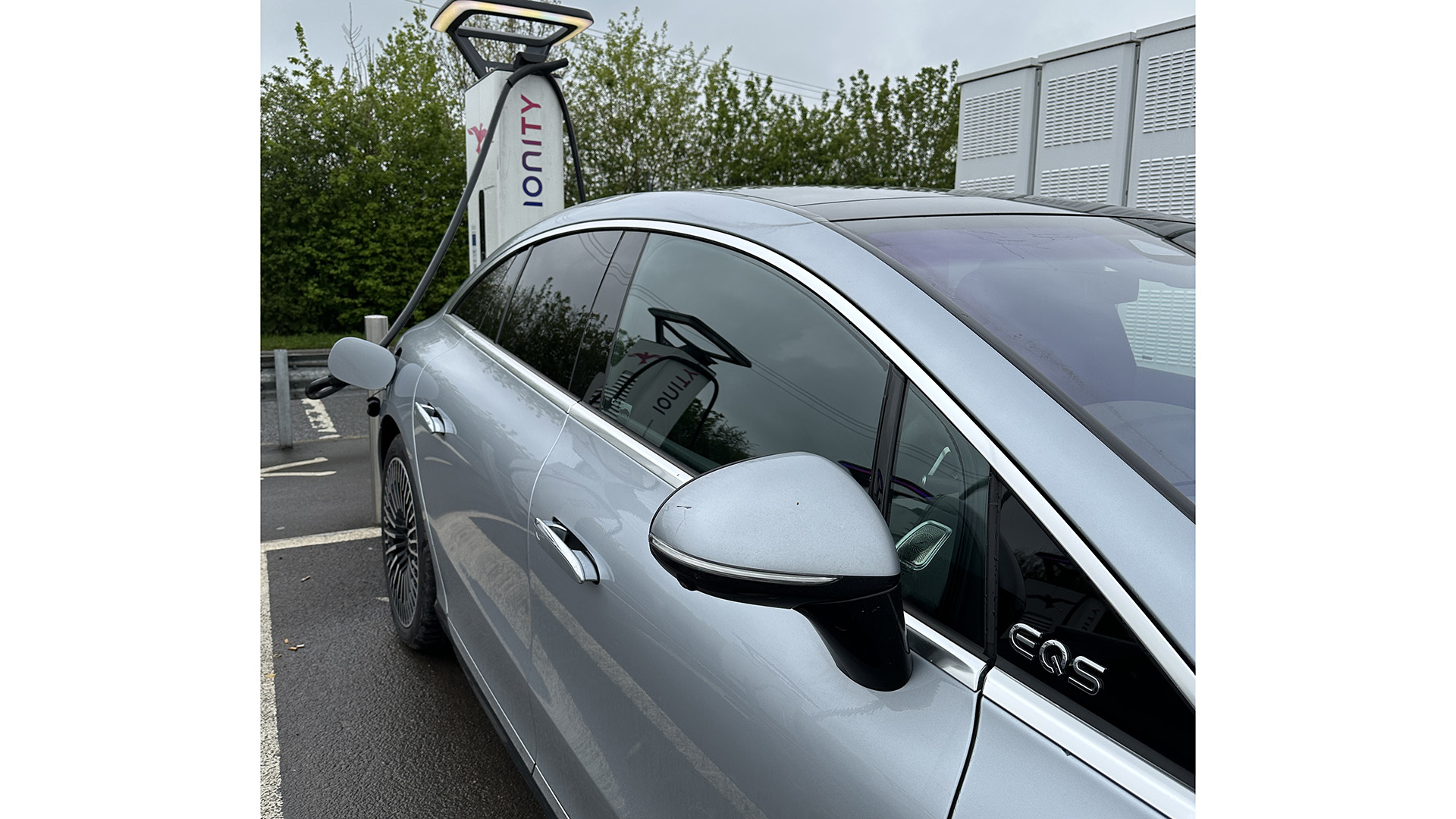This is the first EV to cure my range anxiety
The Mercedes-Benz EQS has done something that I’ve not experienced with any other electric car


Electric cars have a lot of advantages over internal combustion-engined (ICE) models but the one thing that puts off many buyers is the range. Compared to ICE cars, their range – the distance they can travel between charges – is mostly lower. The best electric car models now provide an average quoted range of around 300 miles, while smaller and more affordable models can offer just 100-200 miles.
Your average ICE car is likely to give you closer to 400 miles, and with a diesel or petrol model you are always safe in the knowledge that a fuel stop is always close at hand. Electric cars not only have a shorter quoted distance but places to recharge are far less common. Certainly, if you want a fast charger, which leads to something we call range anxiety.
Range anxiety is the fear among many drivers of not being able to find a charger in time that can play on your mind whenever driving. This is further exacerbated by the fact that an EV range can reduce due to colder weather, or by using the heating and air conditioning. There are ways to reduce range anxiety, and part of it comes down to mindset.
When you’re doing longer journeys in an EV, you need to plan in your charging stops to optimise your trip. Many of the navigation systems built into electric vehicles will do this for you, but there are also apps such as Zap-Map and ABRP that allow you to do this on your phone and find the best chargers along your journey.

Fast chargers such as these from Ionity are becoming more common
Over time, EV drivers get to know where the best chargers are – and which ones are often out of service. If you meet other drivers at charging stations, the topic of conversation often turns to where the best locations are. However, the best option is to install a home charger.
If you have a charger at home, you know that whenever you leave the house you will be fully charged. So unless you’re doing more than 200 miles each day, you will only need to consider public chargers on longer trips. Many offices are installing electric chargers into their car parks too, allowing employees to charge while they work.
The availability of charging stations is also improving. More petrol forecourts now offer at least one charger, with motorway service stations now offering banks of fast chargers in most locations. This will go a long way to helping, but ultimately there’s still some room for the cars themselves to increase that range.
Get all the latest news, reviews, deals and buying guides on gorgeous tech, home and active products from the T3 experts

Mercedes-Benz EQS 450+
I’ve been driving the Mercedes-Benz EQS 450+ for the last few weeks and as I got on the motorway this week I suddenly realised that I hadn’t even thought about the range. While this wasn’t the longest journey (just over an hour up the M4), I would normally have been double-checking.
The difference here was that the EQS has an estimated range of 452 miles. That’s huge by EV standards and even bests the much-lauded Tesla Model S Long Range (with 405 miles). While I know that I won’t get the full 452, I know that if I start on a full tank, I’m good for at least 300 miles. That means that airport trips are much more stress-free and that even a long journey will perhaps need a single stop. Driving in the week, to and from the office, I can use it much like an ICE car, and never even have to think about recharging.
As the battery technology and aerodynamics of EVs continue to improve, I think we will see more models push over that 400-mile mark. That for me is the magical number for EV range. I hope that as we see more smaller and lighter EV models, they also push to reach this number, as right now anything below 300 miles is a difficult sell. Until then, if you want to cure your range anxiety, the Mercedes-Benz EQS is a great choice.

As T3's Editor-in-Chief, Mat Gallagher has his finger on the pulse for the latest advances in technology. He has written about technology since 2003 and after stints in Beijing, Hong Kong and Chicago is now based in the UK. He’s a true lover of gadgets, but especially anything that involves cameras, Apple, electric cars, musical instruments or travel.